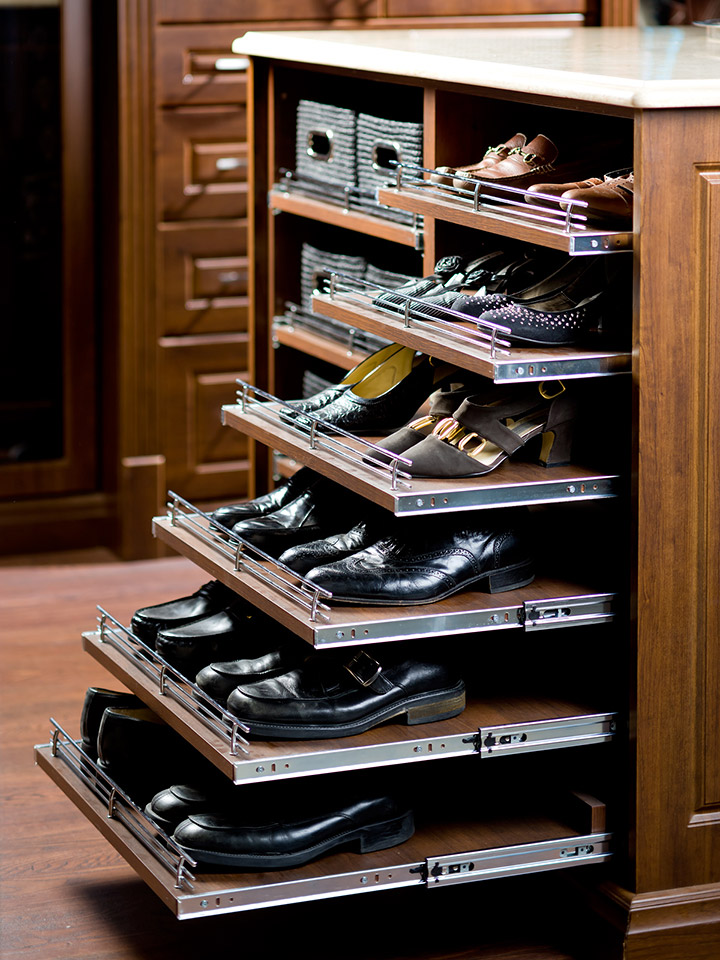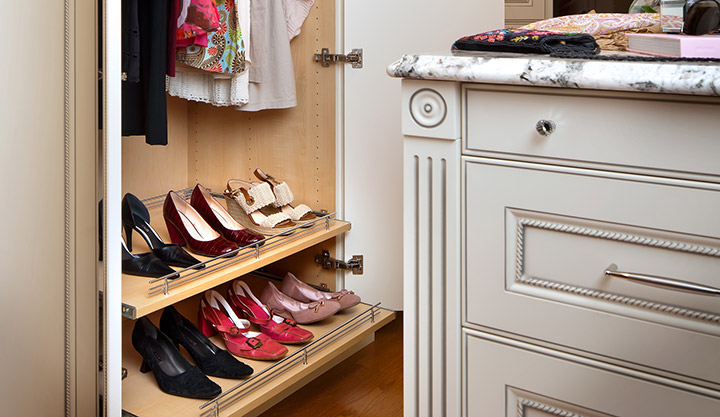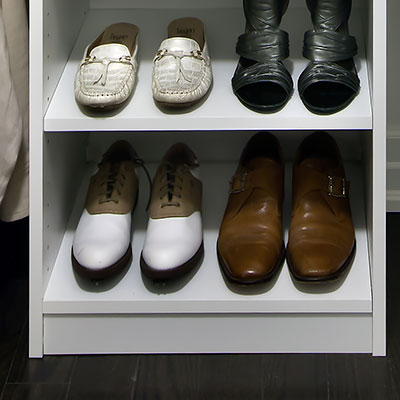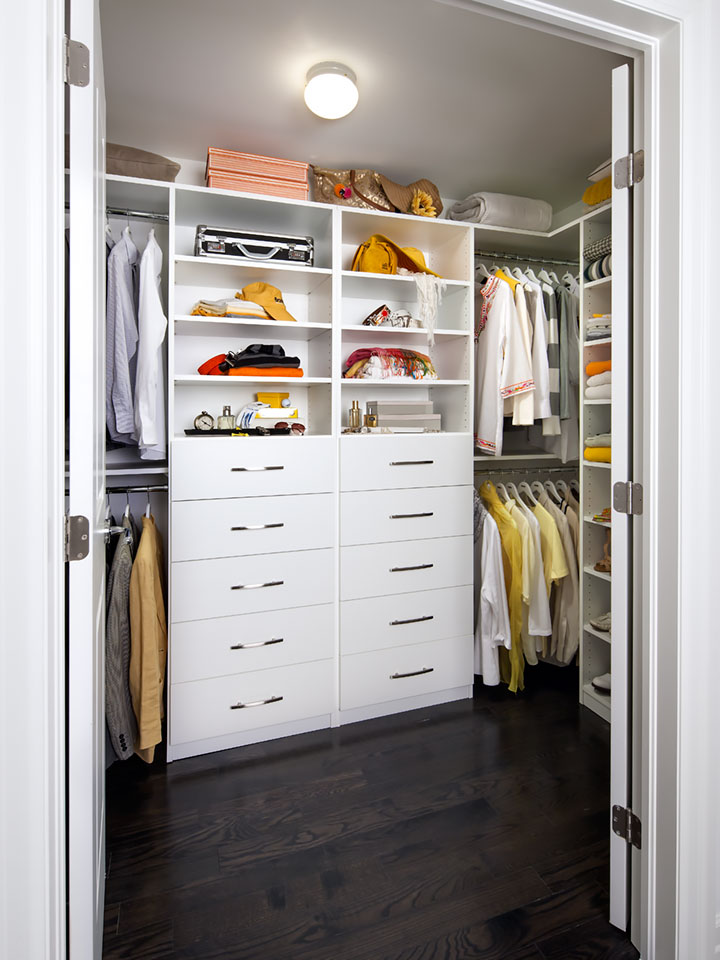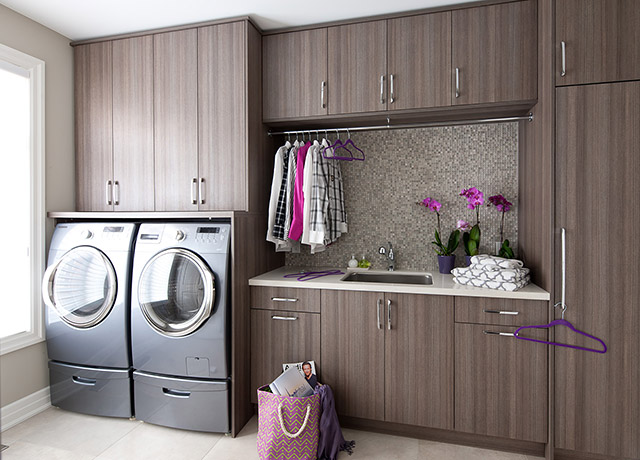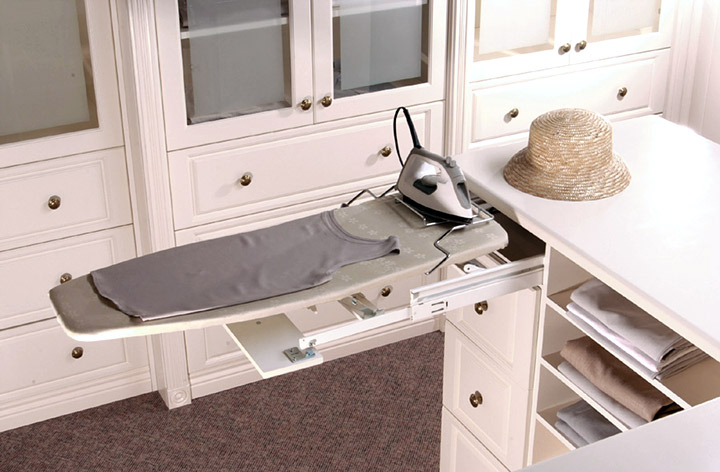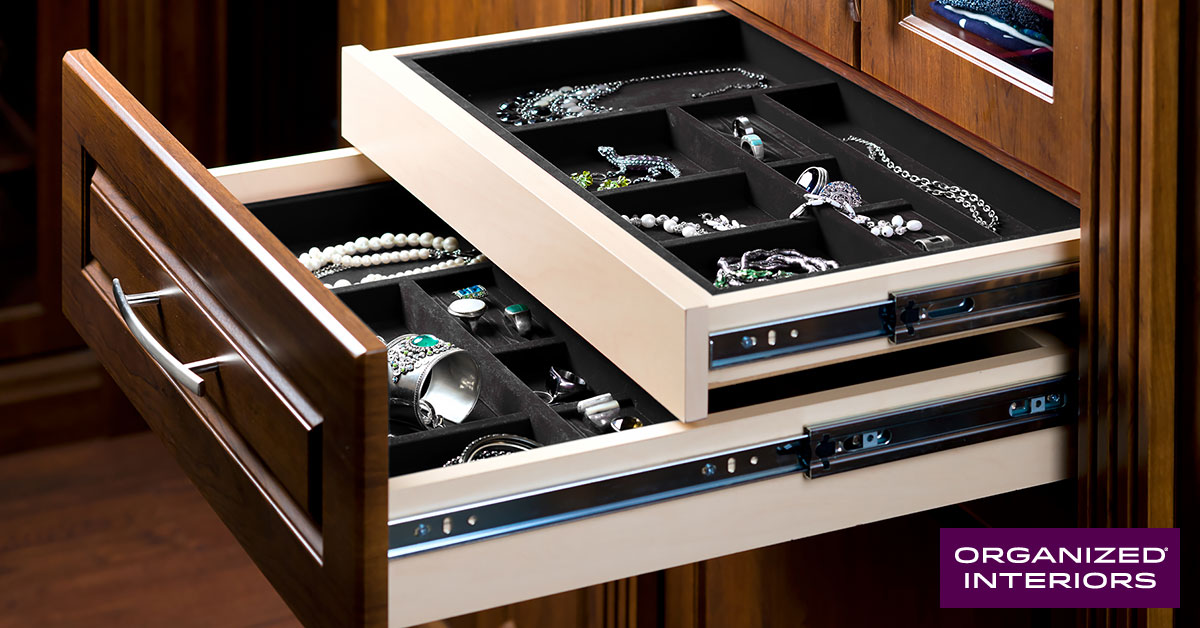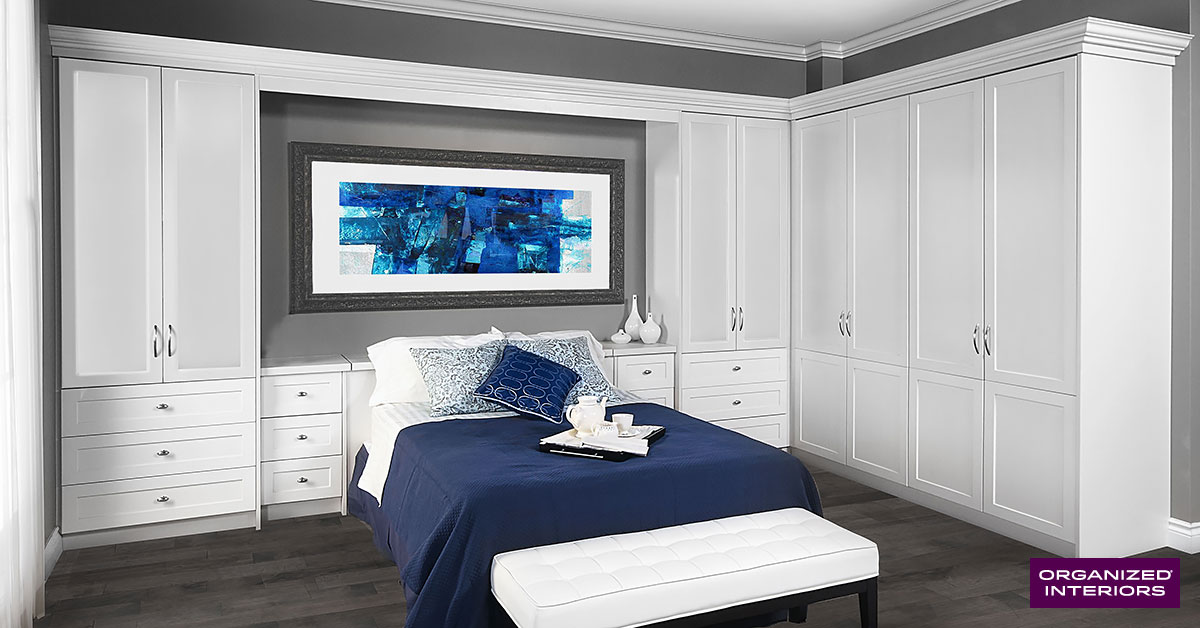Home disorganization can become a major problem without efficient home organization systems, the proper amount of self-discipline, or simply if your busy life isn’t allowing you the necessary time to maintain a tidy home.
Consider what happens when you stop exercising. The longer you go without doing it, the more out of shape you get and the more daunting it becomes trying to work your way back down to a body size you’re satisfied with.
Home organization works much the same way. The longer you procrastinate on dealing with your home disorganization issues, the steeper the mountain becomes in trying to restore your home to a functional level of organization once again. This can negatively impact your quality of life, so don’t ignore the problem.
Here are seven clear signs that it may be time to ask for help to address your home disorganization problems.
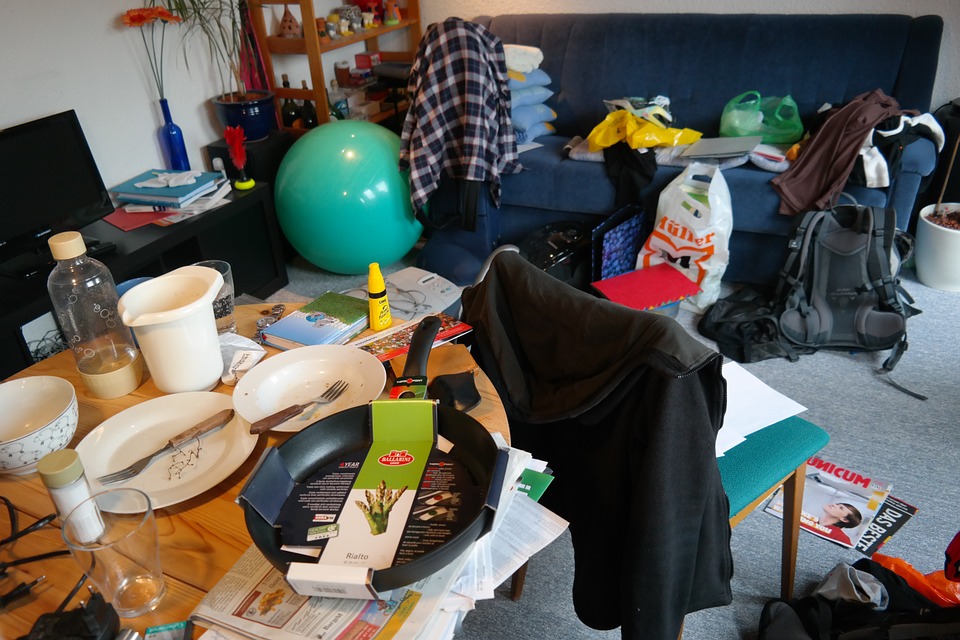
1. Your home disorganization is affecting your sleep
A consistent inability to get a good night’s sleep may be directly linked to the clutter that’s causing the home disorganization that you’re surrounded by. Medical research has found that the stress caused by clutter stays with you during your waking hours, even if you’re not fully conscious of it.
Your brain registers all that clutter cleanup as work that needs to be done, which contributes to feelings of guilt, overwhelmingness, and an inability to relax. These negative feelings are also present both when you’re falling asleep and while you’re sleeping. This tends to adversely affect the quality and lengths of your sleep.
2. You’re depressed, lack energy, and feel overburdened by home disorganization
No good comes from home disorganization. You’ll waste hours each week searching for things. More serious concerns come when home disorganization starts to contribute to depression, an inability to muster much energy during the day, and an overburdened feeling that a resolution is unattainable.
A lack of sleep only compounds all of these problems.
3. Relationships in your home are becoming strained
Maintaining harmony between family members can become harder when your home disorganization issues really start to spiral out of control. Chances are that at least one family member who’s a neatnik (perhaps it’s you) is at their wit’s end over the perpetually messy state of the home.
That can lead to harsh words and a short fuse with the family’s more organization-challenged members. After all, we’re each only able put up with a certain level of frustration before reaching a breaking point.
4. You’re adapting to your home disorganization instead of fixing the problem
Tackling your home disorganization problems requires effort. You need to fully assess the problem, figure out a game plan, and then implement a solution. The bigger the home disorganization problem is, the more effort will be required on your part, which can feel daunting and like too much work.
On the surface, simply adapting to the disorganized state of your home seems like the easy way out. Yes, you may be saving the time you’d need to invest in fixing the problem, but you’re only normalizing the problem and making it harder and more time-consuming to fix in the future.
You also become more susceptible you’ll to the additional inherent problems that home disorganization causes.
5. Your home disorganization is affecting your punctuality
An untidy home becomes a real drain of your daily time efficiency. Whether it’s searching for a specific document in your home office or looking for that right pair of heels in your closet, a lack of organization only makes it harder to find things exactly when you need them.
If this is affecting your punctuality for work and appointments during the week, clearly that’s a sign that your home disorganization is a problem.
6. Your productivity at home and work is suffering
When you do take the time to carry out home chores like vacuuming or doing the laundry, home disorganization only makes it harder to get those jobs done quickly.
And if your home is disorganized (and you’ve contributed to its messy state), your work environment is more likely to be in a similar state. That inevitably leads to lower levels of productivity.
The Wall Street Journal found that approximately six weeks are wasted annually by the average U.S. executive looking for documents amongst all of their clutter.
7. You realize you never have guests over because of home disorganization
Let’s face it, most of us aren’t willing to have guests over when our home is in a less-than-presentable state. A messy home projects an unwelcome impression of you and your family to others and can be a source of real embarrassment.
At some point, we’ve probably all had a time where a messy home caused us to defensively greet a guest at a front door that you were reluctant to open any wider than the width of your head, as you searched for a polite way to deny them entrance to your home.
If this is a scenario that’s become all too common for you, it’s high time your home disorganization problems were addressed.
There are many ways to fix your home disorganization problems
Help can come in many forms when it comes to fixing your home disorganization problems. Sheer willpower, self-help books and online resources, and professional medical assistance can help with some of the root causes (like chronic procrastination) that can be a factor with home disorganization.
You can also ask for more help from your entire family when it comes to doing their part to maintain a tidy home. If your busy work schedule is holding you back from properly nurturing other important areas of your life (like home organization), re-evaluate your priorities.
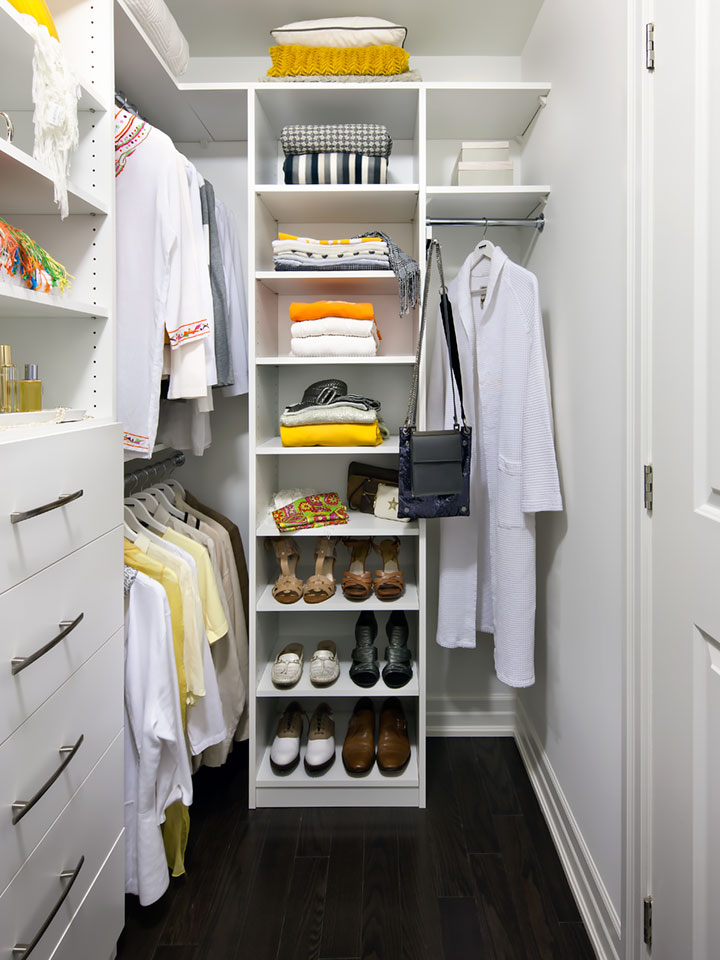
A closet organizer can help restore order to your home’s level of organization.
Another smart option is to take advantage of the expertise of home organization and storage professionals like Organized Interiors.
We can recommend and design practical, highly functional organization solutions that will make it significantly easier to keep your home clean and organized.
Just schedule a free in-home design consultation to get started.

